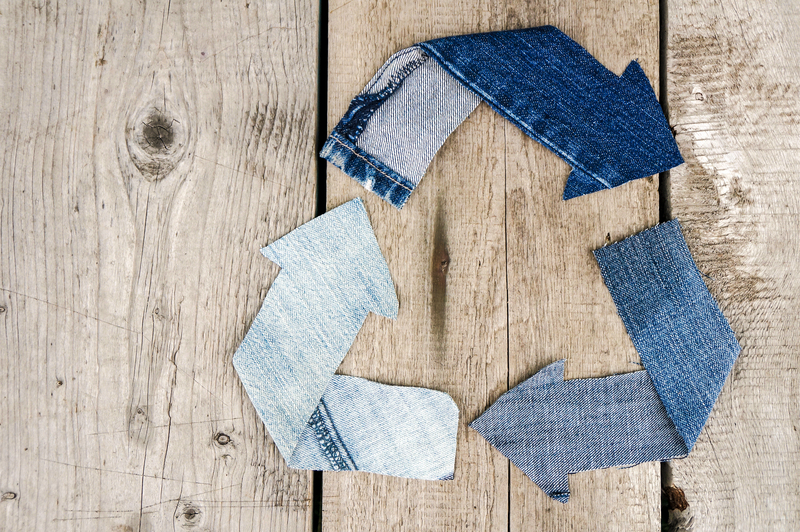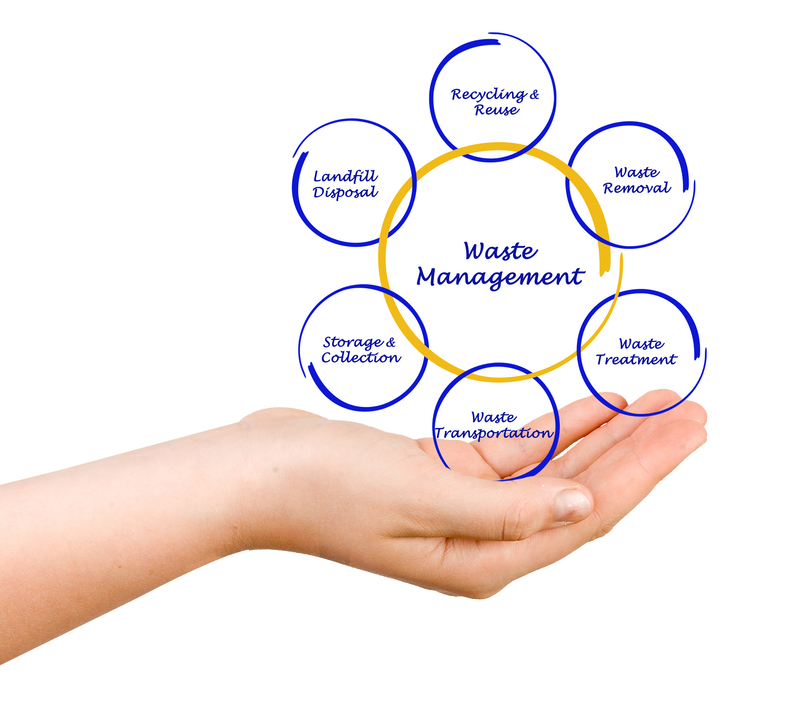How to Enhance Eco-Friendliness in Your Home
As the global consciousness shifts towards sustainability, making your home eco-friendly has never been more important. Whether you're embarking on a new construction or upgrading your current living space, there are various ways to enhance eco-friendliness in your home. This comprehensive guide will provide actionable tips and insights to transform your house into an environmentally-friendly haven.
Why Embrace Eco-Friendliness?
There are numerous benefits to adopting a green lifestyle at home. Environmental impact reduction, financial savings, and improving your indoor environment are just a few. By integrating sustainable practices, you contribute to the well-being of our planet while enjoying the perks of a healthier living space.

Energy Efficiency: Cutting Down on Consumption
Switch to LED Lighting
- LED bulbs use at least 75% less energy than incandescent lighting and last up to 25 times longer.
- By installing LED lights, you reduce your carbon footprint significantly while cutting energy costs.
Upgrade Appliances
Invest in Energy Star-rated appliances that consume less electricity and water, like refrigerators, dishwashers, and washing machines. These products meet strict efficiency criteria, ensuring that your home runs more sustainably while saving on utility bills.
Install a Smart Thermostat
A smart thermostat can optimize heating and cooling to maximize energy efficiency. By self-adjusting to your schedule, it reduces unnecessary energy usage, slashing heating and cooling costs by up to 10-15%. Plus, its remote control capabilities offer added convenience.
Water Conservation: A Precious Resource
Install Low-Flow Fixtures
- Low-flow faucets, showerheads, and toilets can dramatically reduce water usage without sacrificing performance.
- These fixtures can decrease water consumption by up to 50%, contributing to both conservation efforts and lower water bills.
Collect Rainwater
Implementing a rainwater collection system is a fantastic way to reduce your dependency on municipal water. Use the collected water for landscaping or gardening, which can be particularly beneficial in drought-prone areas.
Fix Leaks Promptly
Did you know a dripping faucet can waste hundreds of gallons annually? Regular checks and prompt repair of leaks are simple actions that can save water and improve your home's eco-friendliness.
Sustainable Materials: Environmentally Friendly Choices
Choose Eco-friendly Building Materials
When remodeling or building, opt for materials that have minimal environmental impact. Consider bamboo flooring, reclaimed wood, recycled steel, or cork--all offer durability and beauty with less harm to the earth.
Use Low-VOC Paints
- Volatile organic compounds (VOCs) in conventional paints release harmful emissions.
- Low-VOC or zero-VOC paints improve indoor air quality, making them a healthier choice for your living environment.
Opt for Sustainable Furnishings
Consider furniture made from sustainably-sourced materials or recycled elements. Supporting local artisans or choosing vintage pieces are excellent ways to furnish your home sustainably.
Waste Reduction: Minimizing the Carbon Footprint
Compost Organic Waste
Composting kitchen scraps and yard waste significantly reduces the garbage ending up in landfills, cuts down on methane emissions, and produces nutrient-rich soil for your garden.
Recycle Diligently
- Create a dedicated recycling station in your home to sort glass, plastics, metals, and papers.
- Special recycling programs exist for e-waste, batteries, and hazardous materials; participate in them to prevent harm to the environment.
Practice Conscious Consumption
Be mindful of the products you buy. Reducing consumption and choosing items with minimal packaging or that are recyclable can greatly impact your household waste.
Green Cleaning: Safe and Effective
Use Natural Cleaning Products
Many conventional cleaning products contain chemicals that are harmful to the environment and indoor air quality. Opt for natural alternatives such as vinegar, baking soda, and lemon.
Create DIY Solutions
- Make your own cleaning solutions using household ingredients. These are not only effective but also safe and eco-friendly.
- Mixing vinegar with water creates a powerful all-purpose cleaner, while baking soda is perfect for scrubbing and deodorizing.
Avoid Disposable Cleaning Tools
Use washable cloths and microfiber mops instead of disposable wipes and paper towels. This not only reduces waste but is cost-effective in the long run.

Gardening: Greening Your Outdoors
Plant Native Flora
- Native plants require less water and are more resilient to local pests and weather conditions.
- They help support the local ecosystem, providing habitat for birds and insects.
Start a Vegetable Garden
Growing your own produce ensures that you consume food that is fresh and free from harmful pesticides. It also reduces the carbon footprint associated with transporting groceries.
Promote Biodiversity
Incorporate diverse plants and habitats in your garden to attract beneficial insects and birds, encouraging a balanced ecosystem that naturally controls pests and supports growth.
Final Thoughts
By implementing these strategies, you can significantly enhance the eco-friendliness of your home. Start small by changing light bulbs or fixing leaks, and gradually adopt larger changes like installing solar panels or adding a rainwater system. These efforts not only reduce your environmental impact but also create a healthier and cost-effective living environment for you and your family.
Making your home green is a continuous journey of learning and improving. Every change contributes to a more sustainable future, so embrace each step along the way to transform your home into a true eco-friendly sanctuary.